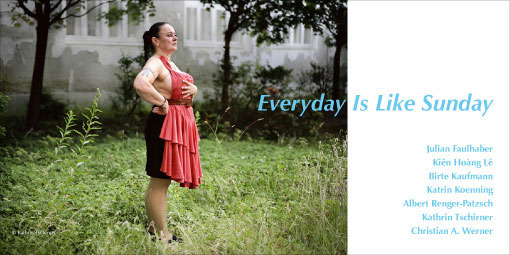
Künstlerhaus Dortmund presents an exhibition titled "Everyday Is Like Sunday" with works of seven photographers. Referring to the famous song of British singer Morrissey, the lyrics reveal that we are not talking about a perfect shiny Sunday dream world but feel rather threatened by a dreary and never-changing everyday routine. The ambivalence inherent in the title was chosen as a main theme for the exhibition.
Between everyday life and holidays, between normality and experiment, between work and leisure, between boredom and excess, the works of the invited artists span a panorama of the everyday world, into which, every now and again, disturbing moments break in.
Consumption and its leisure-oriented aspects play a role when hard work is used to create a customers' dream world. Other works deal with the experience of sexuality between prostitution and partnership.
Holidays as a flight from a daily routine, weekdays as a flight from a Sunday's tristesse: the exhibition will also showcase the Ruhr region, which can be seen either as a leisure park or a rather sad environment of hard work.


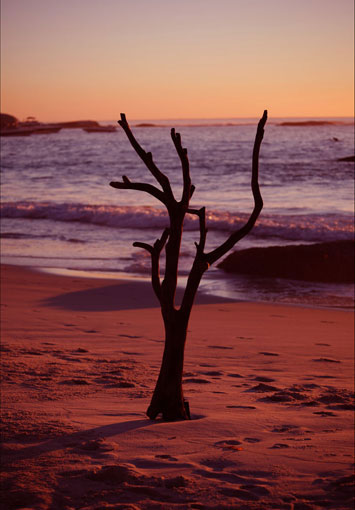
Faulhaber's „Catalogue“ comprises several series titled „set“, „location“, „construction“ and „worker“. This sums up his setting: He deconstructs reality as a constructed image, thereby entering the meta-level of description with his own images while being completely conscious about the construction. Images of a fashion shooting are combined with the models, images of built structures with those who manufacture them – and so, upon taking a closer look, it is actually not a superficial natural idyll as a gathering of beautiful bodies which is emerging. Faulhaber is focusing on the gap within which the exhaustion of the act of construction becomes tangible as the price which is paid by the participants for a supernatural reality.
www.julian-faulhaber.com
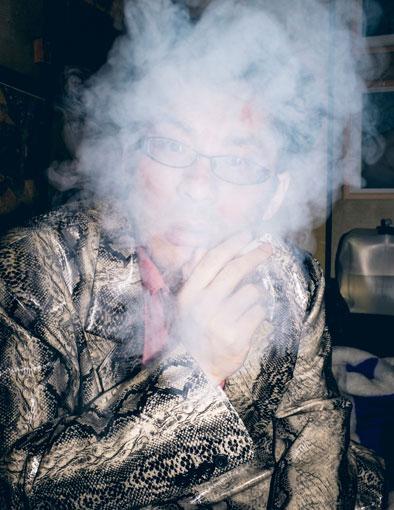
With his works Kiên Hoàng Lê is moving masterly between Orient and Occident. His photogaphs from a Japanese bar are laid out narratively and yet partly cloudy scenarios, whose intimacy is both touching and disturbing. By trying to spy upon the generally human aspects of this specific Japanese situation Lê's work is fathoming the way of representation of an apparently never-ending party, unaffected by daily news and tasks. In this way, and as a partying creature, the human species is disinguished from the animal, with the purposeless play characterizing home ludens around the globe.
hoangle.de
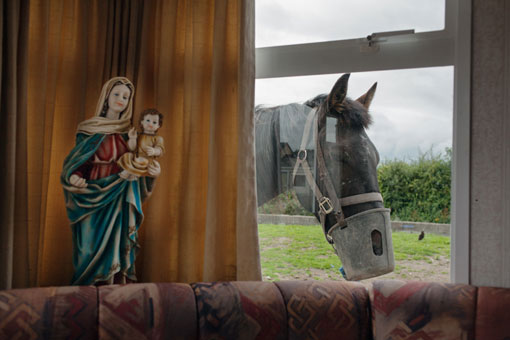
My project "The Travellers" gives insight into the everyday life of Ireland's largest minority group. This group has a nomadic origin, stemming from the tradition of migrant workers. As this tradition no longer exists, the travellers are looking for a new identity within the Western European society of the 21st century. I travelled to Ireland with a VW bus in order to photograph the travellers the first time in 2011. I wanted to capture the travellers' way of life and their values in pictures without romanticizing them. A life where people still hunt rabbits and where horses play a vital role. But it is also a life that contains hardship and boredom from an early age. I have been in touch with one large family for several years, and over time I have gained their trust. Consequently, I was allowed to live with them so that I and my camera became part of their daily lives.
www.birtekaufmann.de
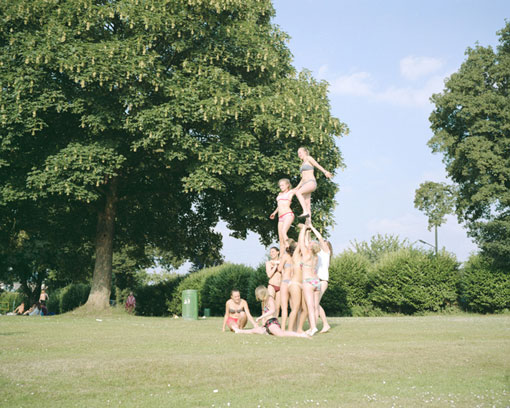
Katrin Koenning's series „Pott“ follows the characterization of the Ruhr area as „the land of a thousand fires“ to trace the everyday life of the people from the region in a figurative sense. Her focus is is not on the fires as an icon for the world of labour though, but on the already structurally transformed society whose self-image is particularly documented in the leisure time and shows an often anarchist expression. In doing so she creates images that reach far beyond the everyday scenes and allocate a particular individual dignity to the people practicing their recreational activities.
www.katrinkoenning.com
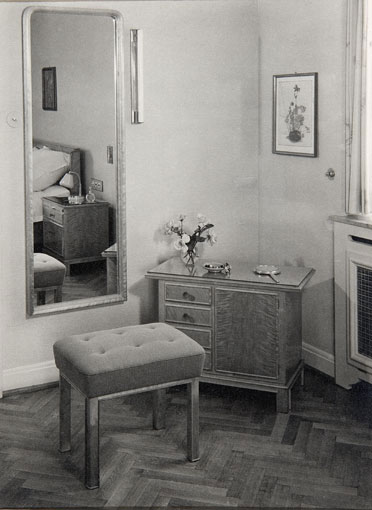
Albert Renger-Patzsch is considered the founder of New Objectivity in Germany, and has – beside his famous images of the Ruhr area – also extensively worked in product photography. With the works for the Dickerhoff workshops we are presenting rarely shown photographs which were taken at the Bochum furniture manufactory from the 1930s until the 1950s. Isolated, often in a diagonal orientation and lacking all additional decoration, the photographer celebrates the presence of the furnishings. Being the only actors in the scene, the pieces of furniture appear liberated of all utility and are equally pure objects, just as the photographs are pure works on the subject of light. In the context of the show, which is dealing with the field of tension between everyday life and holiday, Renger-Pratzsch contributes historic images which were designated for everyday use.
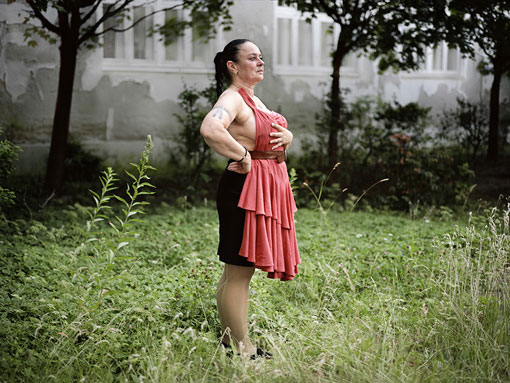
In her award-winning series „Kurfürstenstraße“ Kathrin Tschirner is showing the Berlin district known for its sex trade industry. While prostitution is superficially proclaiming the celebration of the physical the underlying economic relation is throwing a cold light onto the involved parties. Tschirner is capturing the situation in an individual and steadyfast intensity which is necessarily based on intense observation and emphatic understanding. She is making a general statement on prostitution which goes far beyond local colour and describes the social value of sexuality.
kathrin-tschirner.com
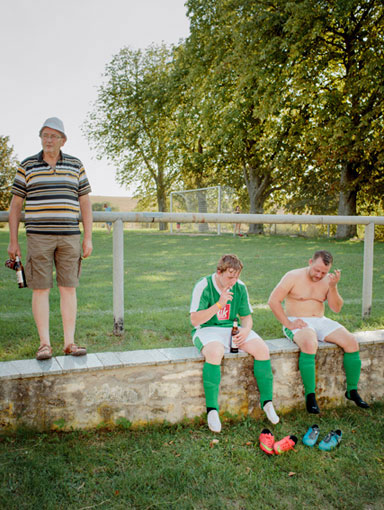
Christian Werner's series on the Sunday ritual of district league football is showing the essence of the spare time activity of thousands and thousands of people who are participating in the spectacle of neighbourhood sports every week, be it as actors or as audience, and he is doing so in an empathetic way which is nonetheless resembling a photo reportage. The fascination of the big events on a national level is thereby broken down to smallest local scenes with all their endearing particularities. The entrenchment of the sport in the public as the basis for large-scale football events becomes tangible and their social dimensions are displayed.
www.c-werner.net